
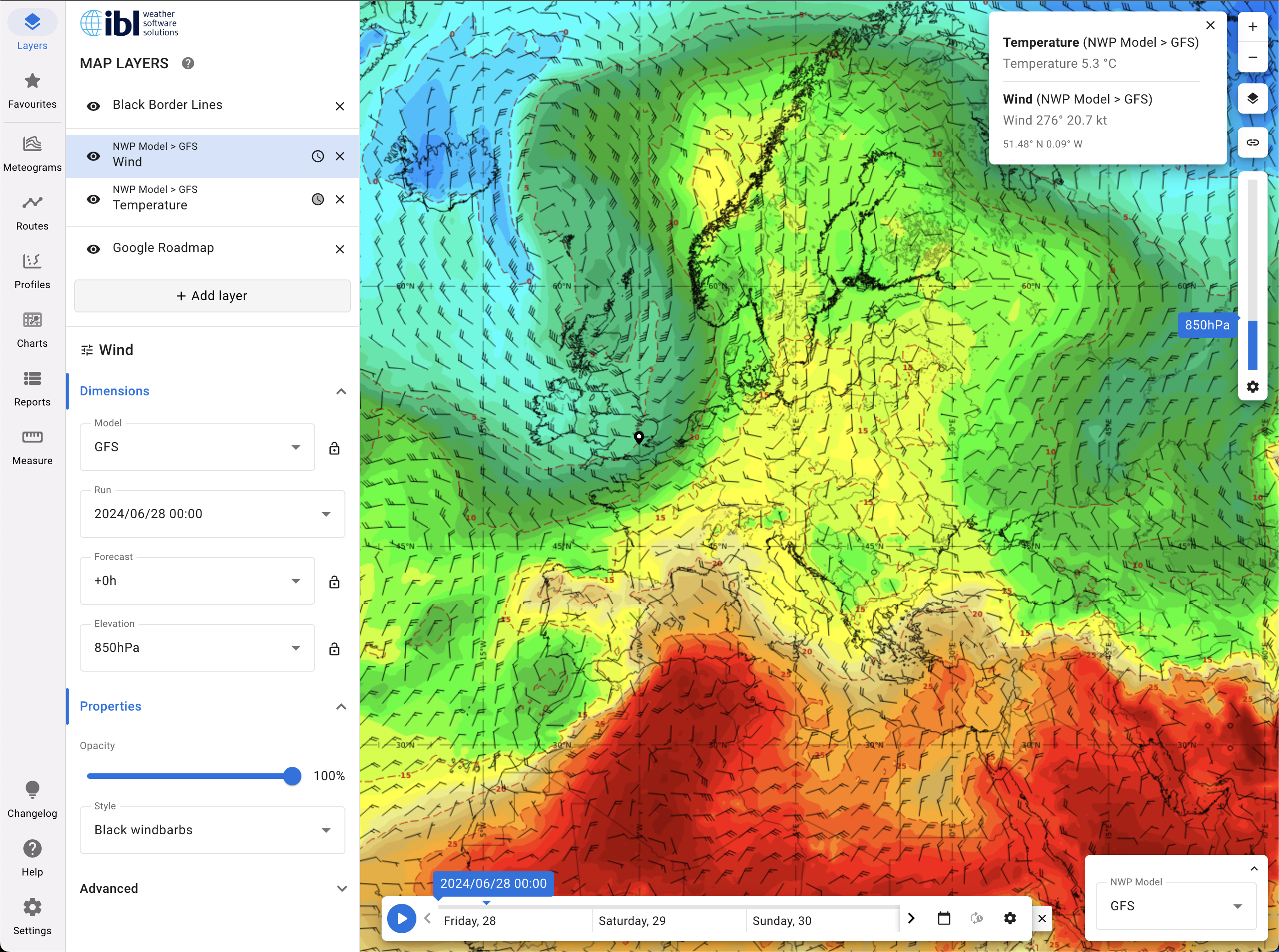
Online Weather provides an interface for users to collaboratively create, customise, and annotate visual representations of weather phenomena, such as weather zones, fronts, and other features. The products can be published on websites, and social media, integrated into mobile & web applications or sent to customers.
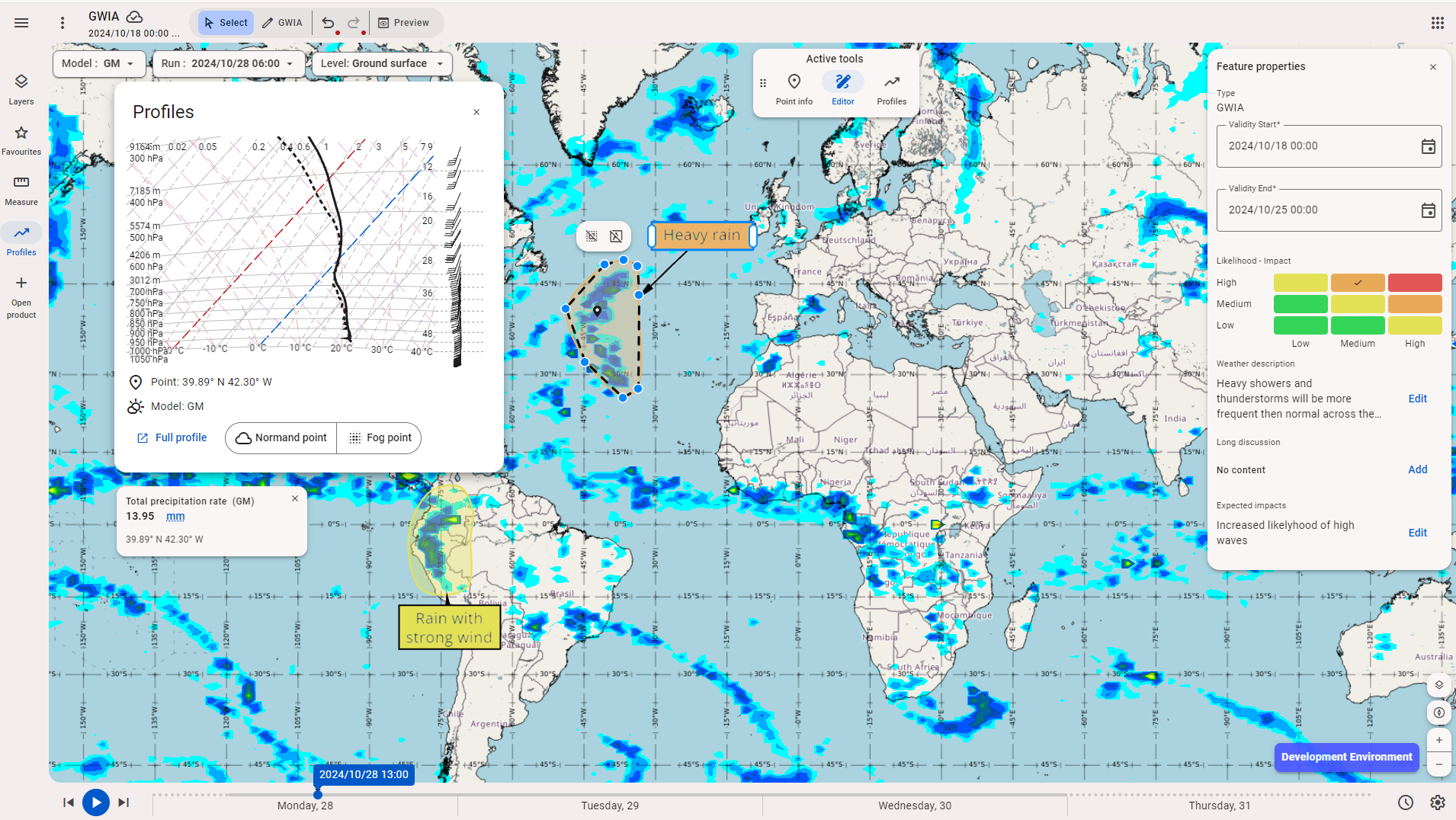
Online Weather allows the display of interactive cross-sections for flights or marine routes, providing insights into how meteorological conditions affect them and enabling enhanced planning and decision-making.
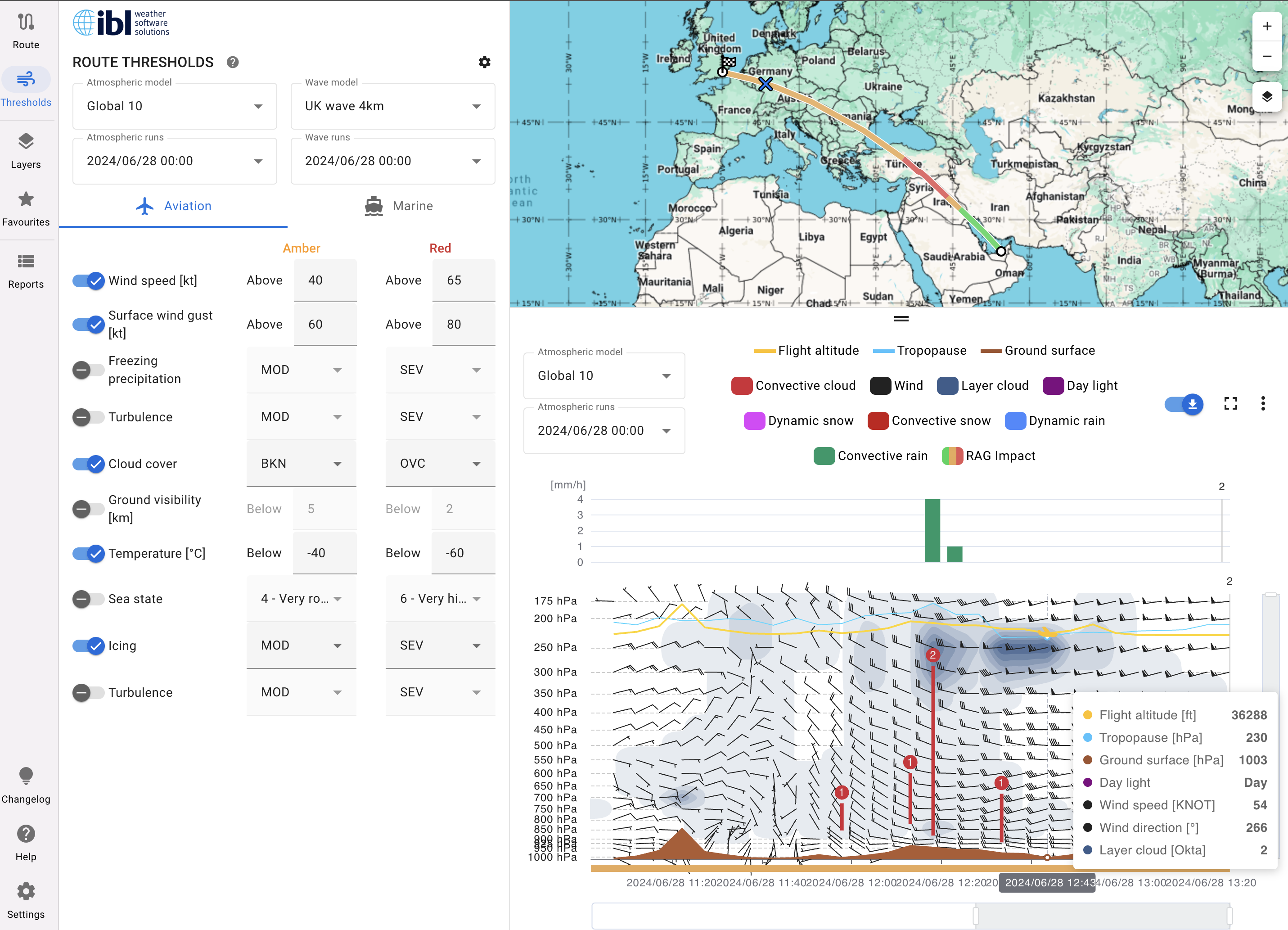
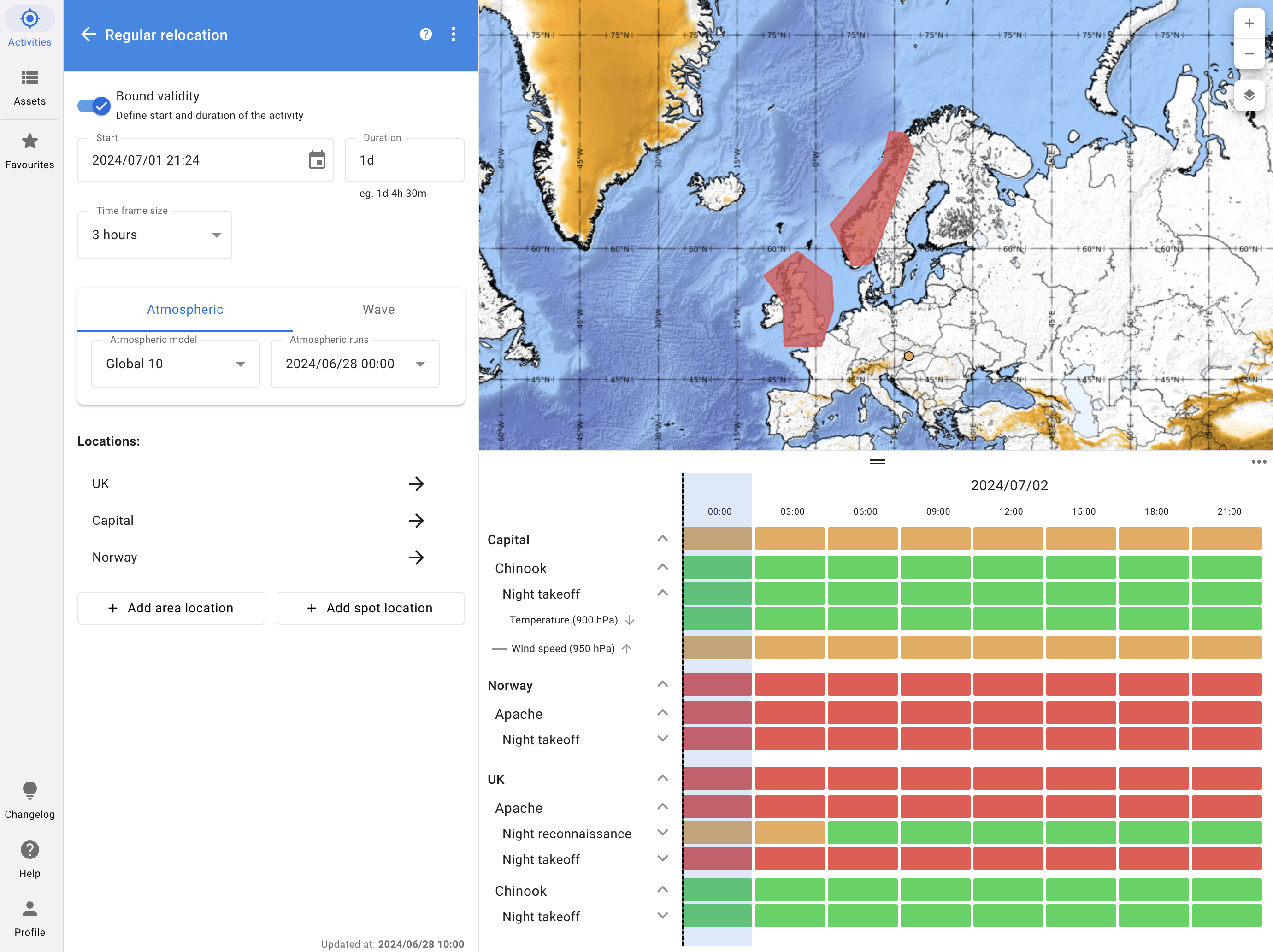
Online Weather allows the assessment of weather impacts on different assets and allows the monitoring of real-time impacts, ensuring task safety and efficient planning.
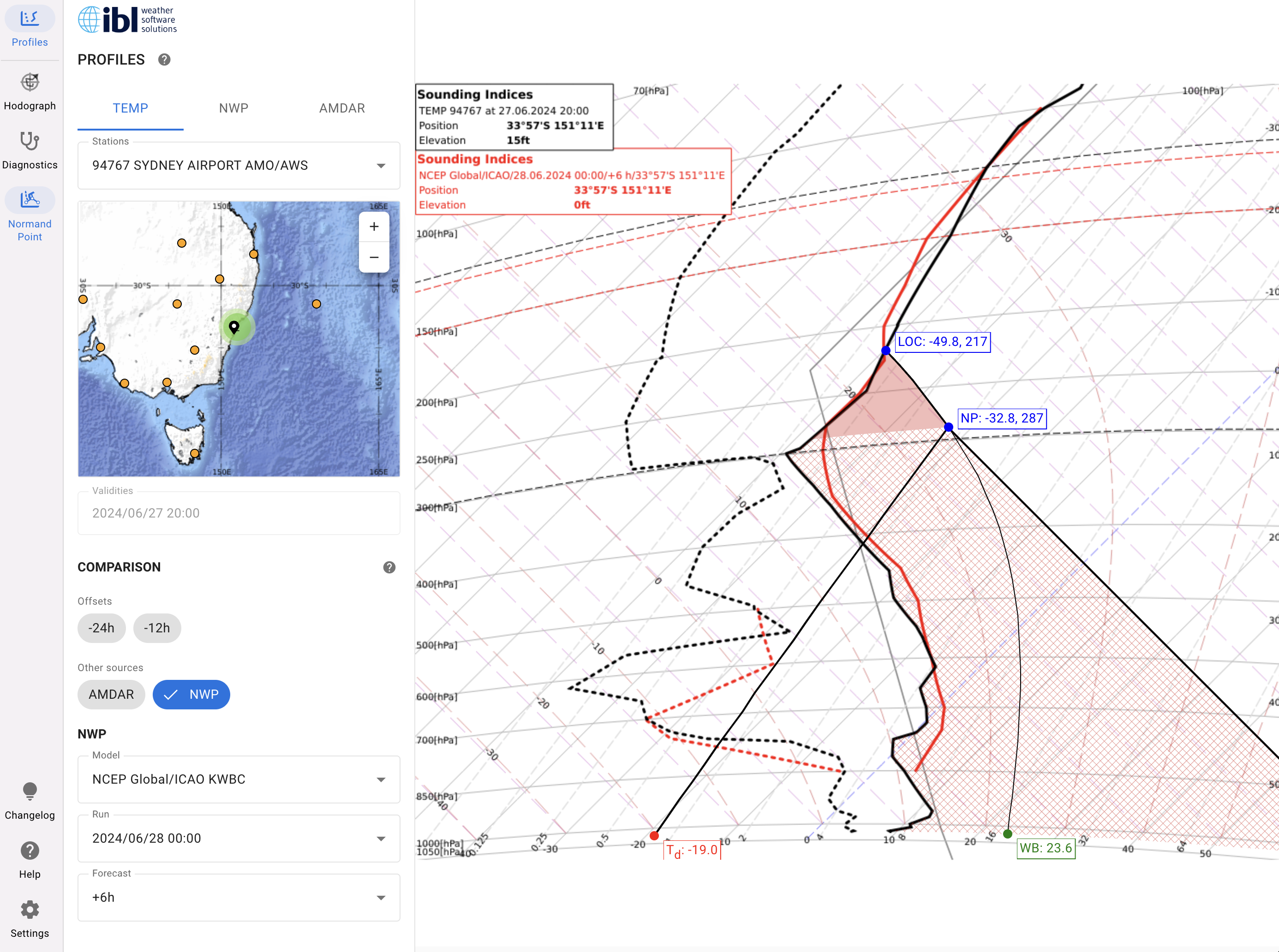
Online Weather enables the creation and issuing of text-based forecasts and alerts through customisable entry forms. The forms can be designed by the users or by IBL. For aviation users, a standard suite of forms is available to cover the production of TAF, METAR, Aerodrome & Windshear warnings, or Special AIREP. A single entry form can result in multiple outputs (text, HTML, PDF, LibreOffice, JSON, XML), with the graphical quality limited only by the design effort invested. Results can be published on websites, social media, sent to newspapers, customers, or integrated into mobile & web applications.
Online Weather allows the display of bulletins based on headings and sorting or filtering them for easy access.
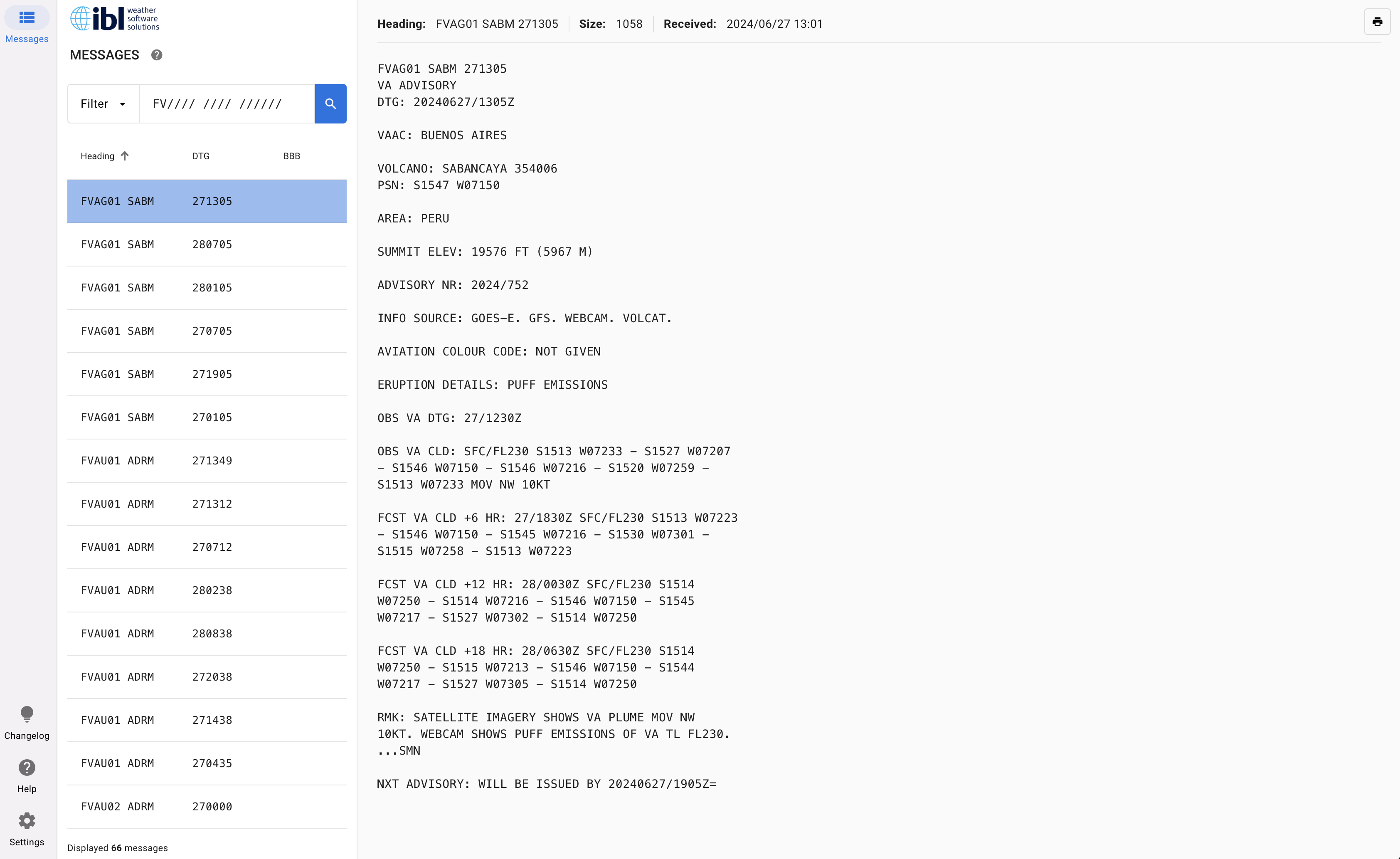

Online Weather enables direct access to METARs, TAFs, and other reports, supporting flight planning with current conditions and forecasts and ensuring safe and informed decision-making.
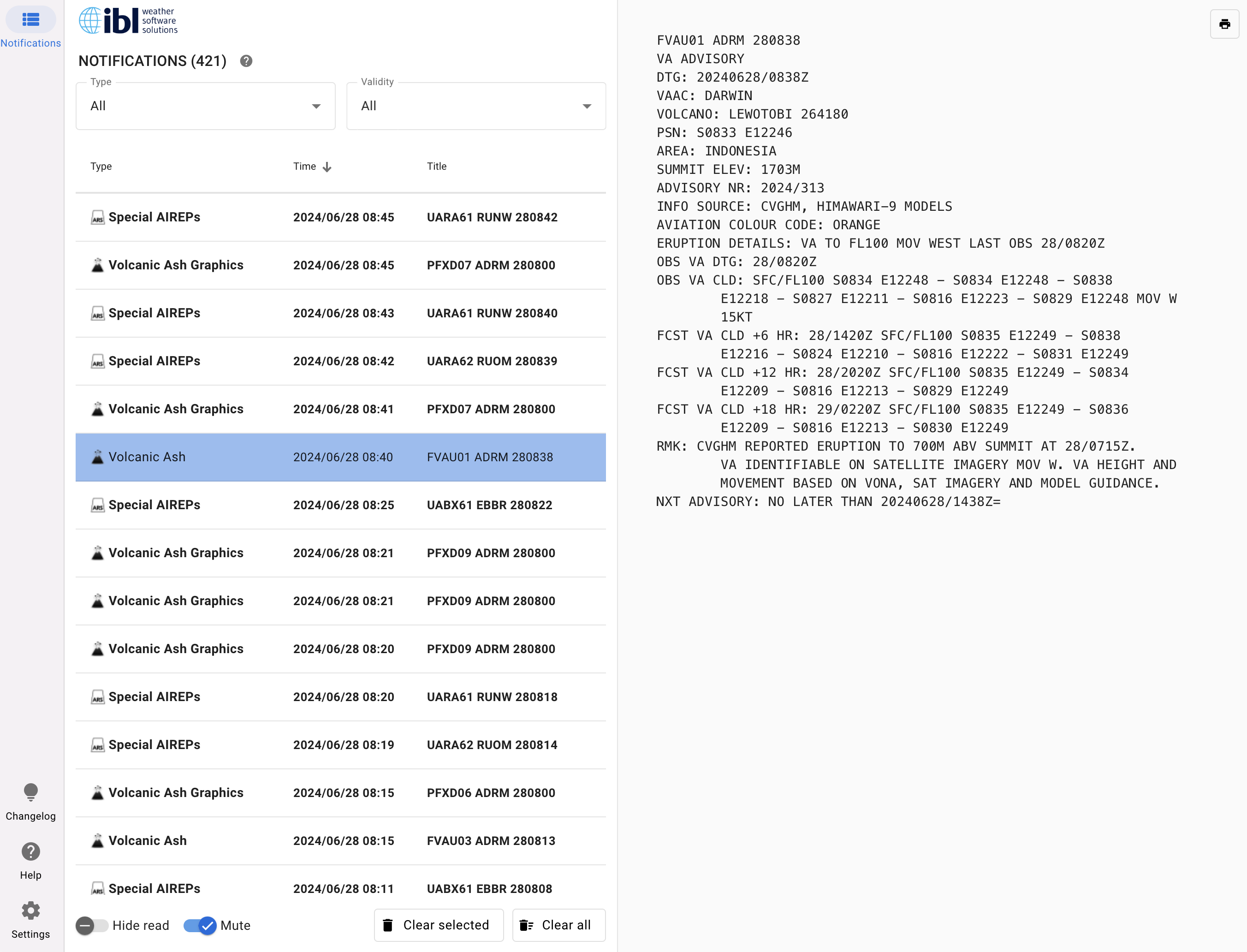
Online Weather lets users view bulletins with automatic notifications, ensuring timely updates on critical weather alerts, operational changes, or important announcements.